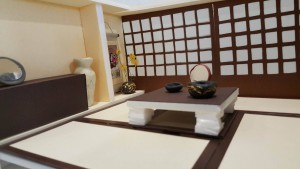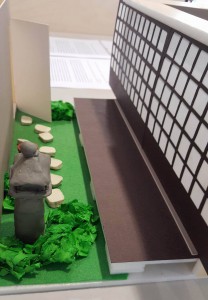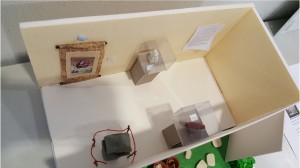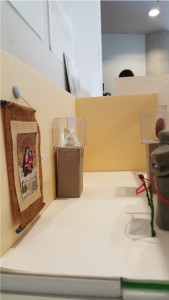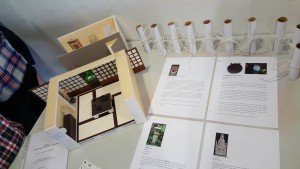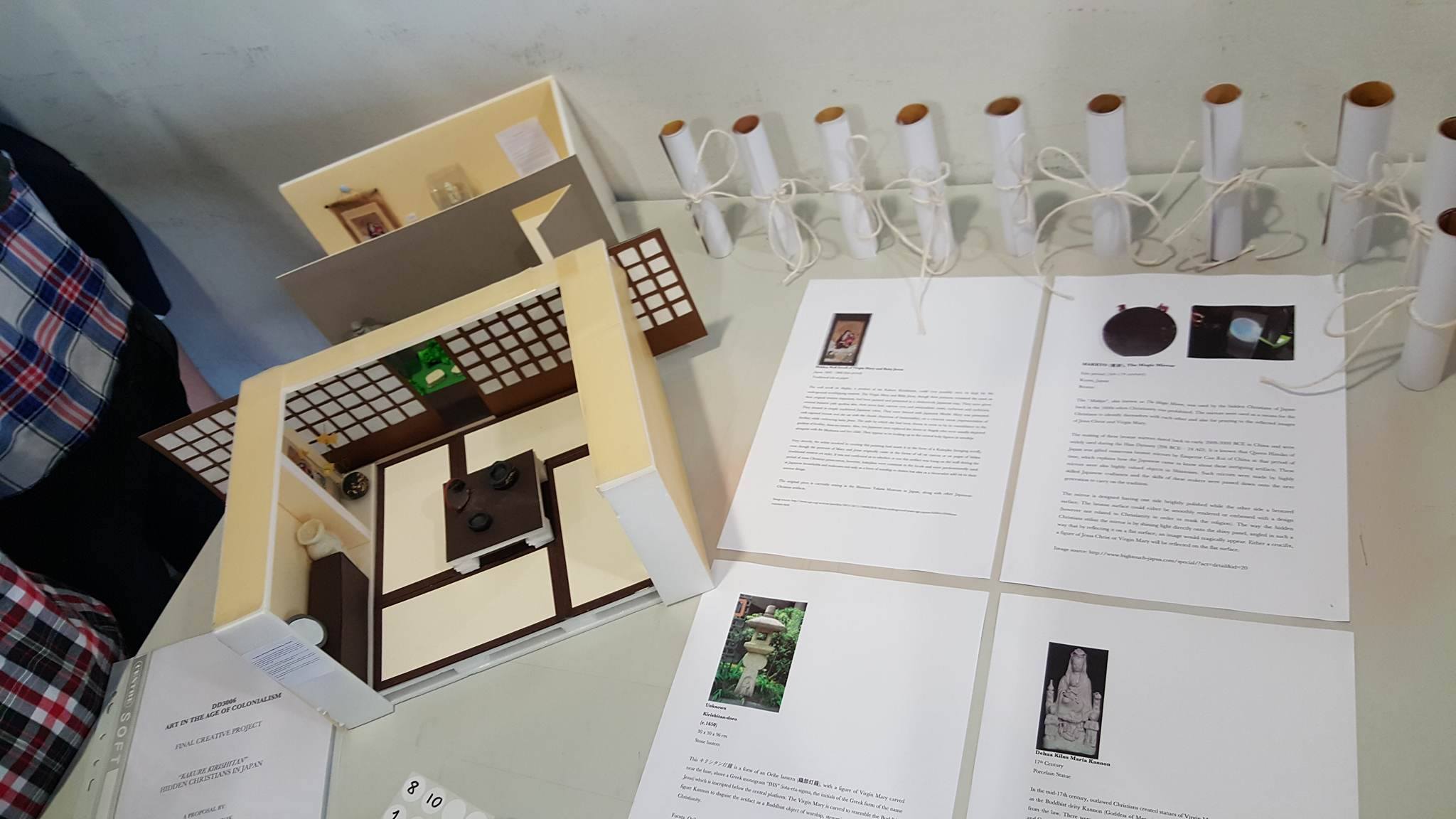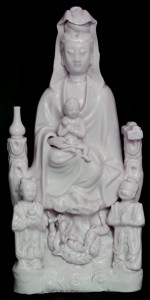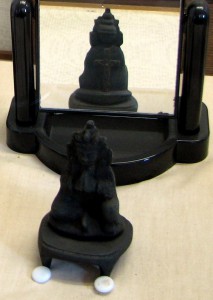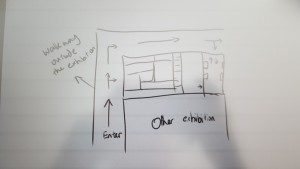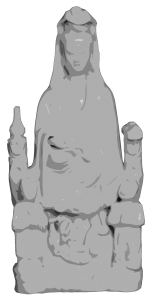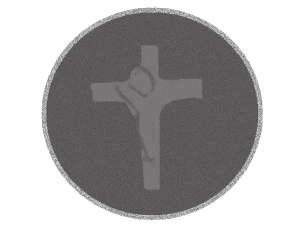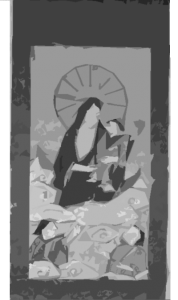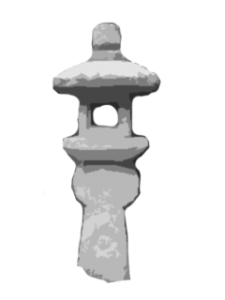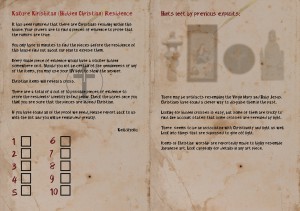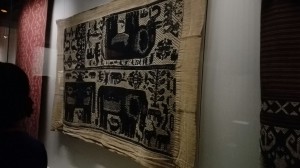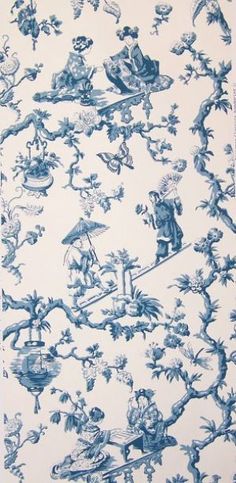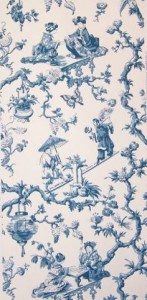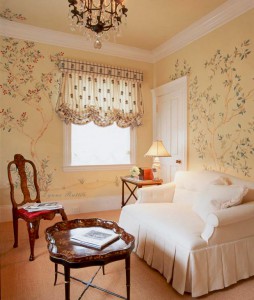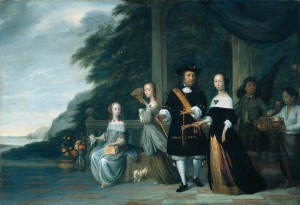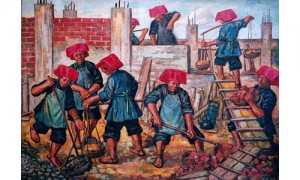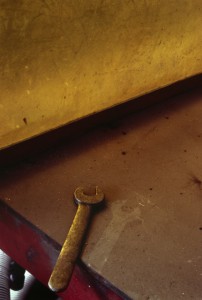Upon having this assignment, we were deciding between Christian art in Asia and Japonaiserie. Due to our interest, we were drawn towards “Hidden Christianity in Japan” as my group mates came up with an interesting idea of having the objects being hidden within a space. This idea intrigue me to come up with activities such as “escape room” and board games like “Cluedo” which has a relation to having things being hidden and players have to find to win the game. I feel that if we could implant this idea into the exhibition it might be interesting experience to have.
Thus as we discuss about our ideas one by one, we realize that the overall concept seem really interesting. However, we had a problem of executing the idea out as we didn’t want to make it too overwhelming, neither too simplistic. We came to a point that maybe a model of the exhibition site and a set of game rules might work out nicely. At this point, we assign each other roles on what to do for this project base on our interest. Alicia and Joanne were the researchers for the history behind hidden Christianity in Japan and they did up the wall text and object label. They really impressed me in this part of the project. Even though it may seem very simple to do to many, personally for me, in terms of theory, it is not my forte. Thus I chose the job of making the activity since I had an idea of how it look like and Vivian got the role of designing the exhibition layout as she is well versed with Japanese culture than any of us.
As we did our research, we find that it is really interesting that even though Christianity is being banned during 1600s in Japan, there were still some secretly practicing and the way they do it is amazing. They had all kinds of methods to practice Christianity. It is interesting that every single daily life object can be made into a form of practice. In addition to the way the hide it within the object is very intriguing too. It was really fun knowing all these facts and how people think at that time.
I’m glad that despite our difference, we manage to do this project smoothly and in the process I learn a lot from my group mates. I learnt of how different types of glue can affect the making of the model. For instance, having too much UV glue on the foam board, the board would actually melt overtime. Therefore when using materials to build the model, we had to handle it wisely and carefully.
Through this project, we may have done it pretty smoothly, but there are times where we did face some issues along the way. The most challenging part of this project to me was time. All 4 of us had problems of meeting up due to the difference in our major, thus many times due to our timetable we had a hard time meeting up to discuss or build the model. In the end we had to do individually during our free time and consolidate everything near the week of submission. And also when doing this project, we didn’t notice about how different age group would react to the activity. It was a refreshing and eye opener to know how people think about our idea. Thus I would like to thank everyone for the contribution to the discussion. Other than that I think everything worked out smoothly.
Overall, it was a fun experience and great job everyone for all the effort put into the project. Glad that we manage to get through another busy semester again 🙂
Process:
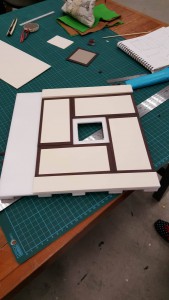
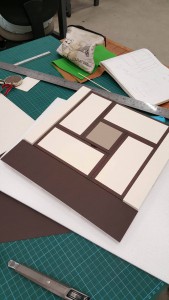
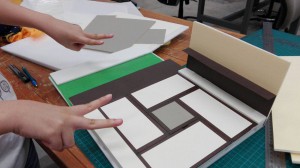
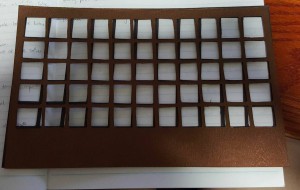
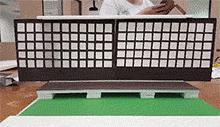
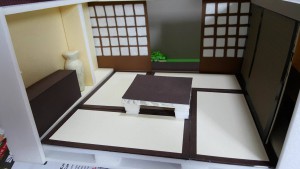
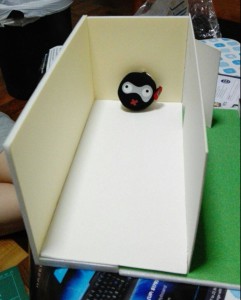
Finalize Look:

